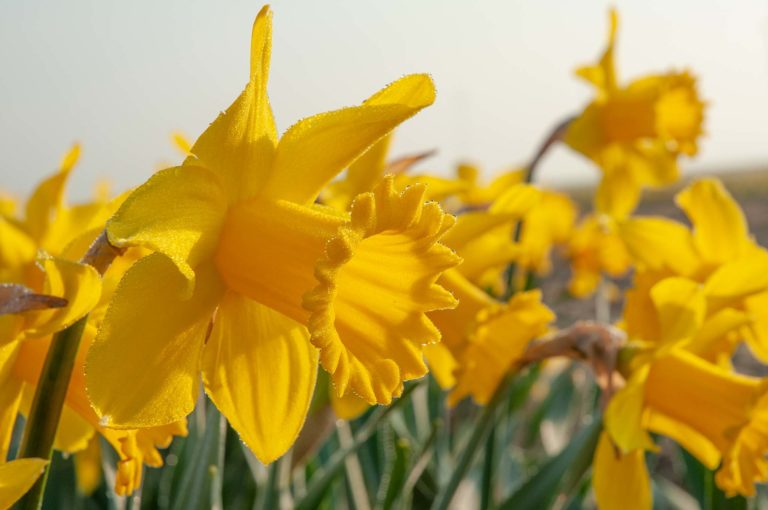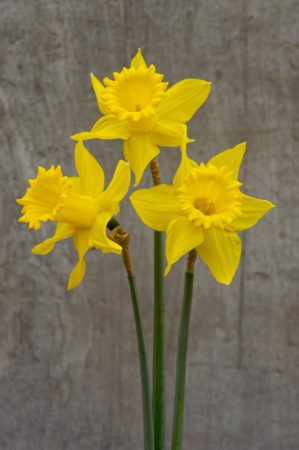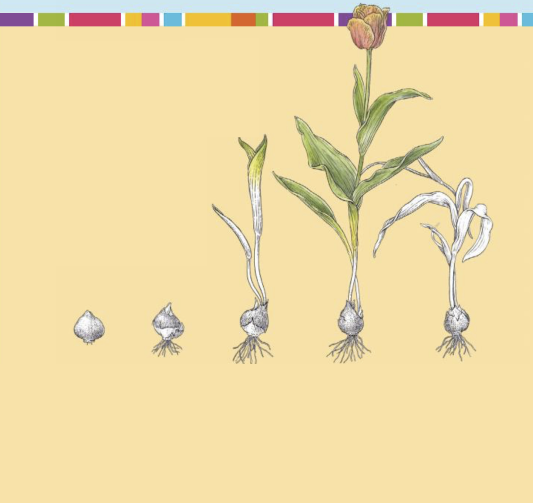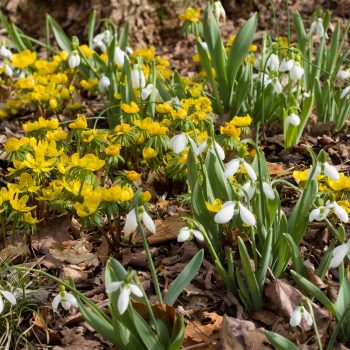
If you search for “King Alfred Daffodils” online, you’ll quickly see dozens of retailers offering big, bright yellow flowers. They all claim to be named after King Alfred the Great, a 9th century Anglo-Saxon ruler. However, many flower enthusiasts might be surprised to learn that fewer than 500 true King Alfred bulbs are commercially produced each year.
Not What You Think
The bulbs sold in the United States under the banner of King Alfred today are not the King Alfred Daffodil officially recognized by horticultural authorities. Rather, they are hybrids that have actually improved upon the original cultivar. These “King Alfred-type” or “King Alfred Improved” daffodils might in fact be varieties like Dutch Master, Rijnveld’s Early Sensation, Marieke, or Golden Harvest.
These varieties are actually better than King Alfred, producing hardier and larger flowers. But in the United States, gardeners are accustomed to calling any tall yellow narcissus by the King Alfred name. Arguably, this make it one of the most famous types of daffodil.
History of the King Alfred Daffodil
The original King Alfred Daffodil was also popular. It was developed by a man named John Kendall in England at the end of the 19th century. Then his sons commercialized it. The April 1, 1899 edition of Gardener’s Chronicle describes the flower as a “large bloom of rich uniform gold, and thick substance.” The Royal Horticultural Society awarded it a First-class Certificate. These true King Alfreds are smaller and slightly more delicate than their descendants, but still elegant.
Hybridized newcomers help explain why King Alfred Daffodils stopped being widely cultivated. As varieties with more marketable features came along, growers allocated more and more of their fields to these new types and less and less to the older types. Although we don’t know the exact reasons why different growers made the switch, it’s a common story in the bulb industry. It accounts for the disappearance of a number of different flowers. By the 1930s, the cultivar was no longer being produced at a large scale.

King Alfred Daffodils are a good example of how common plant names can take on a life of their own, independently from a plant’s scientific name or its officially registered name. Some sellers may be trying to hoodwink their customers. Others may just be responding to customer demand by offering bulbs that hopefully meet their expectations.
Finding the Bulb
Dutch grower Eric Breed, who specialises in heirloom bulb varieties, is likely the only person still producing the original King Alfred cultivar. His output is about 400 bulbs per year.
“We try to preserve the old varieties because they are charming,” says Breed. “Also for breeding, for hybridizing to make new varieties.” Because this flower naturalises readily, he says you can still sometimes find true King Alfreds growing in old estate gardens.
Some of Breed’s King Alfred bulbs are planted in a small plot at the Colorblends House & Spring Garden. This is along with a King Alfred “gravestone” that offers a lighthearted memorial to the flower that has functionally disappeared except in name. In the spring, visitors can compare a range of other narcissus cultivars that are widely planted and enjoyed today. This is thanks to the reign of the original King Alfred Daffodil.


